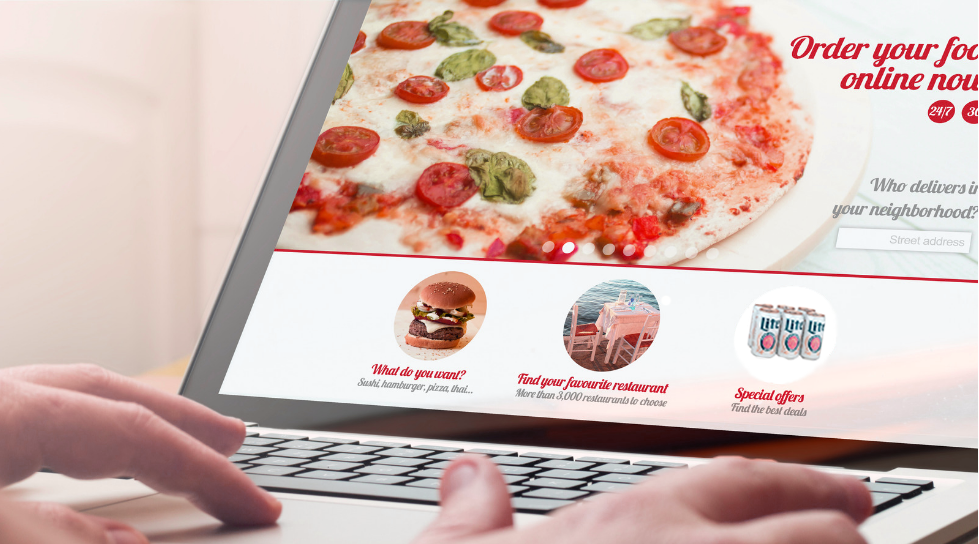Tampa is often called Cigar City, but these days, it’s more like Title Town. Its hockey team clinched the cup, its baseball team was runner-up in the fall series and its football team is not only playing in Sunday’s big game, but hosting it, too.
And locals are getting caught up in the euphoria, with many planning to head out to bars and restaurants to watch the game against Kansas City, with many on-premise accounts selling out tables in advance, says Tom Stauffer, sales director for J.J. Taylor Distribution in Tampa.
“We think the bars in general will be full in Tampa Bay,” he says. “I think people will want to be out and about and part of it.”
For much of the rest of the country, however, watching the big game is more likely to be a homebound experience because of ongoing restrictions put in place to slow the spread of the coronavirus.
But that doesn’t mean on-premise retailers are locked out of capitalizing on one of the biggest beer-drinking holidays of the year.
“The pandemic has shined a spotlight on how important takeout and delivery are for bars and restaurants,” says Matt Stallman, senior manager for shopper marketing at Molson Coors Beverage Company.
Say hello to “homegating,” a phenomenon borne of the pandemic in which people trade the parking lot (or a bar or restaurant) for the comforts of home.
And they’re not all whipping up Uncle Len’s secret chicken wing recipe or grilling burgers. They’re ordering takeout from their favorite restaurants and bars, presenting a sizable prize for on-premise operators to seize amid a difficult environment. It also means another opportunity to sell beer.
“(Retailers) are trying to get creative on how they continue to sell alcohol as people come in for to-go orders. Is it a beer while they wait? Is it a six-pack to go? They’re getting creative,” says Stauffer of J.J. Taylor.
More than a third of consumers have ordered alcohol for takeout or delivery, according to Nielsen, and more than half of to-go orders with alcohol are beer, Technomic found.
“You can’t be thinking just about the bar experience,” Stallman says. “Whether it’s the big game, college hoops or a regular weekend, you have to think about the customer’s experience. We need to understand that in this to-go space, if they’re not buying it from you, they’re going somewhere else.”
And they are buying. More than 60% of adults say they regularly order food for takeout or delivery, according to the National Restaurant Association. And analysts at Second Measure found food-delivery sales increased 138% in December 2020 versus the year before.
Customers are drawn to takeout options for the convenience, getting a break from home cooking and supporting local businesses, says Stallman, who is part of a team that designs solutions for on-premise retailers looking to get consumers to add beer to their takeout orders.
And while to-go orders for beer are growing, consumers are concerned about the cost of to-go beer and are sometimes unaware that including beer in their order is an option. That means there’s work to be done to educate retailers and consumers about beer options, Stallman says.
Molson Coors preaches the importance of a robust online presence and timely promotions. Retailers have found success in rewarding consumers with swag like cooler bags, growlers or branded gear from beer brands or local sports teams. Some have even found cutting beer prices to be an effective, though not ideal, strategy.
While Stallman and his team at Molson Coors educate distributors and retailers about to-go strategies —the benefits of marketing promotions, digital and social media, and easy-to-use online menus — ultimately the power lies in the hands of retailers.
“Some retailers have embraced (to-go strategies) more than others, and those that get this math right and see it as truly incremental are the ones that are going to come out of this successfully,” Stallman says.
No matter what, consumers will continue to turn to their favorite bars and restaurants for takeout options when the pandemic subsides.
“(Retailers) are looking at this point, almost a year in, if we can maintain a 30% to-go business, we’re going to crush it when it’s normal,” Stauffer says. “They’re going to hold on to this to-go piece.”
Stallman agrees and says now is the time to implement systems that breed success.
“Things are changing, and it’s hard to imagine digital solutions not becoming a bigger part of the future,” Stallman says. “Not everything is going to work, and there is a bit of test-and-learn. Now is the time to do it because we have consumers who are more aware than ever and more willing to try e-commerce.”

